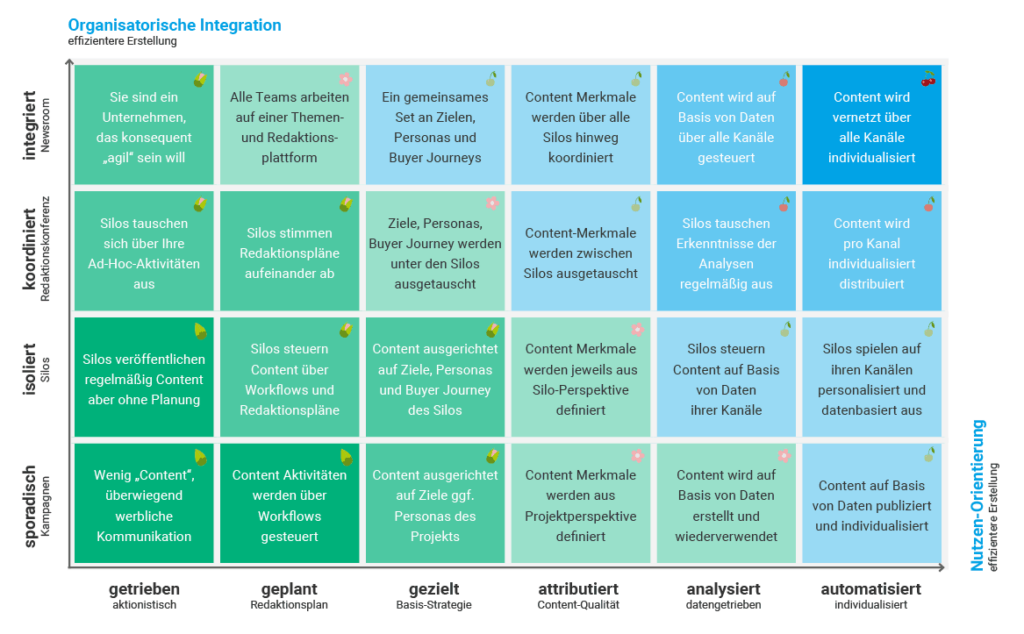The author
Mirko Lange
Founder Scompler
Mirko Lange has been a communications consultant for 27 years and a lecturer at several universities since 2001. In 1999, he founded one of the first consulting firms for online PR in Germany and made a name for himself as the first specialist for corporate communications on the social web in 2008. In 2010, he advised Deutsche Bahn ("Facebook Ticket") and Nestlé ("Kitkat"), among others, on crisis communications, which were hit by the first "shitstorms" in Germany. As a result, Deutsche Bahn, for example, aligned its entire communication to the social web, a process that Lange accompanied. This project resulted in the communication management software Scompler. Scompler now has more than 300 customers, including 6 DAX companies.


Write a comment
Your e-mail address will not be published. Required fields are marked with *.